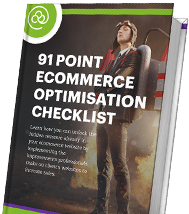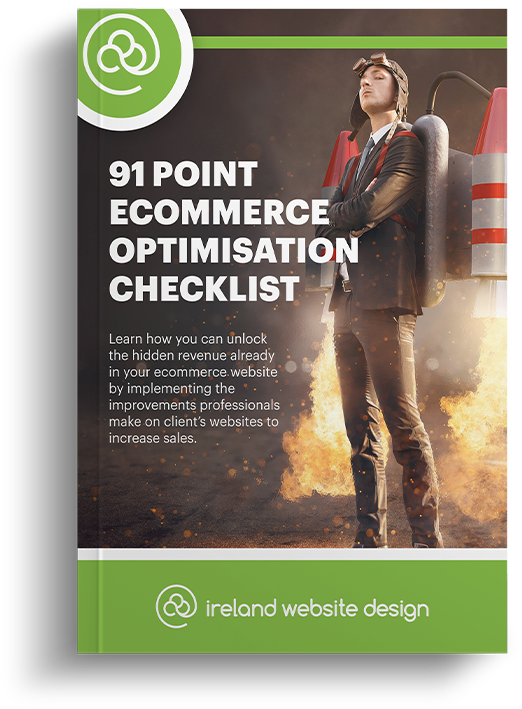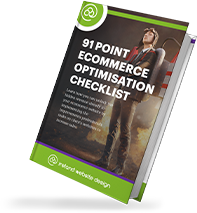Beware of design layouts that may confuse website users and not let them know that more content is available to them.
Certain layouts and designs of your web pages may contain more content than they visually suggest. For example, a right-facing arrow that brings a website user to more content may not be visible or known to them. This can lead them to grow frustrated as they cannot seek the content or information that they came to your website for. It is important for your expert website designer to be knowledgeable of this phenomenon and to implement design features and slants which counteract this. Be aware of the below design examples that give the illusion that your webpage is complete.
The Carousel Cues
Carousel galleries are a very popular design aesthetic utilised in web design today. They consist of a series of images that either display automatically on a loop or are clicked upon to change manually by the user. Yet if these clickable prompts/cues are neither visible nor apparent, users may think that the carousel is in fact a single image. The danger here is that the information that you have attributed to the remaining images of the carousel remains lost.
How to counteract this
Set your carousel images to change automatically after a certain amount of time. If you do not like this automatic setting or are fearful of lagging/loading times, make the visual cues more visible and accessible to the website user, such as increasing the size of the dots or using arrow prompts on both the right and left-hand sides of the images within the carousel.
The Continuing Arrow
Yet even in some instances, the use of the arrows as suggested above can be implemented poorly. Again, being inconspicuous is the culprit here with many an example whereby a simple or slender arrow denoting more content is simply not eye-catching enough for website users to see.
How to counteract this
Said arrows do not have to be extraordinarily large or flashing in neon colours to grab attention. They should however be a visible entity that makes their presence known and formatted (design-wise) to suggest that they can and should be clicked upon. A good example here is to have the arrows embolden and have them appear when a website user hovers their cursor over the image/location, which denotes that more content is available if they click here. In this way, their sudden appearance and directional appearance let website users know that there is more content to discover.
The Full-Screen Façade
A homepage of a website that is filled edge-to-edge with an image or video content can unwillingly lead website visitors to believe that this webpage is full. These types of interfaces are utilised to implement a call to action. For example, the full-screen image may contain a single link instructing visitors to ‘click here for more info’ or click here to sign-up etc. However, a lot of the time, there is more content to be found under the image or video that is simply not visible until the page is scrolled down.
How to counteract this
If you want this featured image/video to take dominance on your homepage, it can do so without alienating other content on the same webpage. An idea here is to have the desired content take the full width of the page, but not the length. In this way, users can see and therefore know that there is more content to be found under the featured content that you wish to highlight.
Above are just a few examples whereby design aesthetics can actually hinder your website content. Here at Ireland Website Design, our expert website designers and website developers take these details into account when creating your perfect website to drive sales to your business.
References
Flaherty, K. (2016) ‘The Illusion of Completeness.’ (online) Available at: https://www.nngroup.com/articles/illusion-of-completeness/?utm_content=buffercdf04&utm_medium=social&utm_source=facebook.com&utm_campaign=buffer [Accessed 04/02/16]




